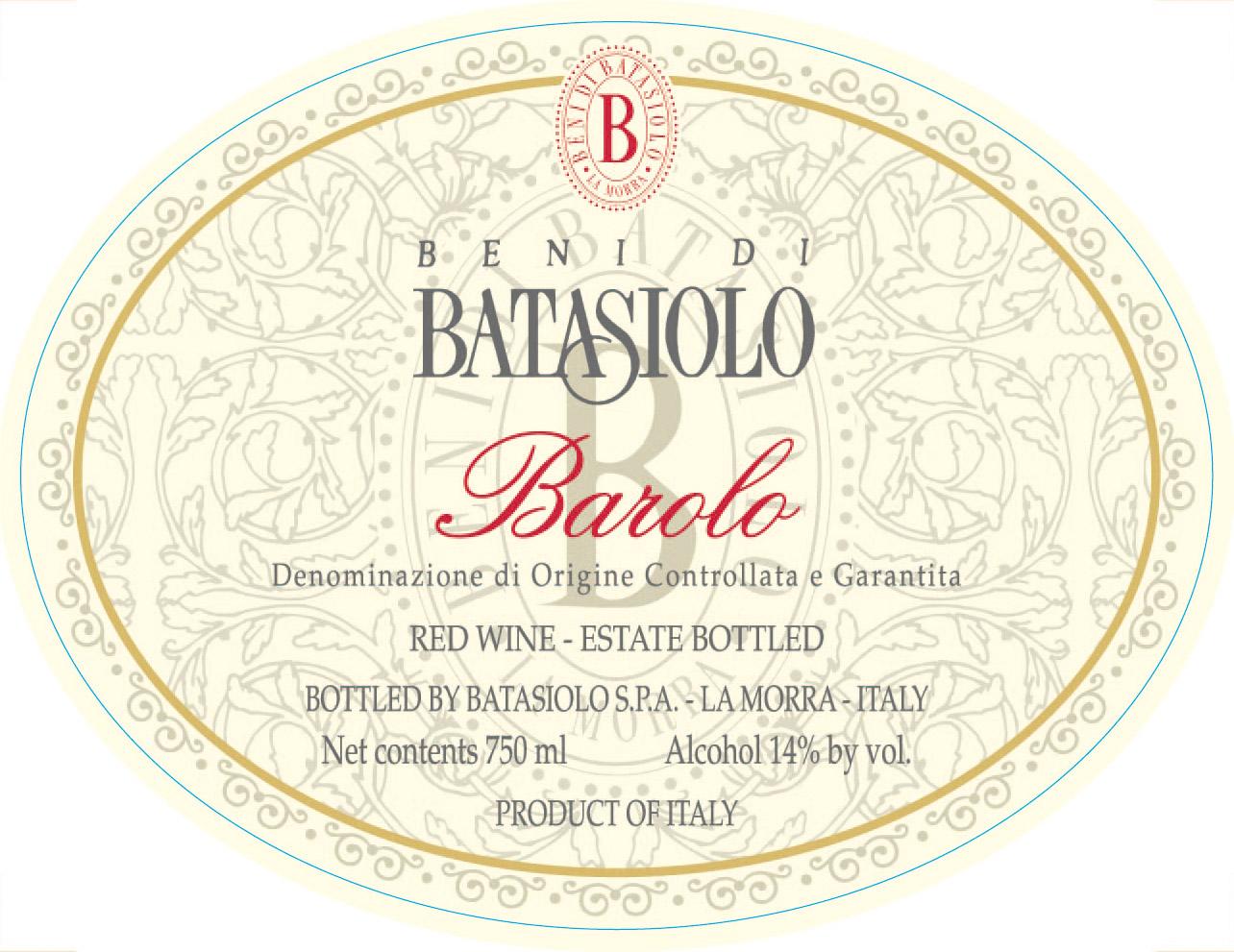2004 Barolo Red Blend
The Beni Di Batasiolo Barolo, a splendid red blend from the renowned Barolo region, showcases the remarkable characteristics of its vintage. This 2004 offering captivates the eye with its deep ruby red hue. On the palate, it is medium-bodied, providing a harmonious balance of rich, complex flavors that unfold gracefully. The acidity is high, imparting a bright and lively freshness that invigorates the senses, while the tannins are notably firm, contributing a structured elegance to the wine. A prominent fruit intensity reveals layers of dark cherries, plums, and hints of blackcurrant, perfectly complemented by subtle notes of spices and earthy undertones. As a dry wine, it embodies the classic essence of Barolo, inviting enthusiasts to indulge in its depth and character.
The Beni Di Batasiolo Barolo, a splendid red blend from the renowned Barolo region, showcases the remarkable characteristics of its vintage. This 2004 offering captivates the eye with its deep ruby red hue. On the palate, it is medium-bodied, providing a harmonious balance of rich, complex flavors that unfold gracefully. The acidity is high, imparting a bright and lively freshness that invigorates the senses, while the tannins are notably firm, contributing a structured elegance to the wine. A prominent fruit intensity reveals layers of dark cherries, plums, and hints of blackcurrant, perfectly complemented by subtle notes of spices and earthy undertones. As a dry wine, it embodies the classic essence of Barolo, inviting enthusiasts to indulge in its depth and character.




